-
 Bitcoin
Bitcoin $118100
-0.44% -
 Ethereum
Ethereum $3585
5.43% -
 XRP
XRP $3.434
5.65% -
 Tether USDt
Tether USDt $1.000
0.02% -
 BNB
BNB $743.8
3.89% -
 Solana
Solana $178.7
3.84% -
 USDC
USDC $1.000
0.03% -
 Dogecoin
Dogecoin $0.2381
12.81% -
 TRON
TRON $0.3270
3.62% -
 Cardano
Cardano $0.8315
4.93% -
 Hyperliquid
Hyperliquid $44.51
-4.42% -
 Stellar
Stellar $0.4710
1.52% -
 Sui
Sui $3.896
-2.51% -
 Chainlink
Chainlink $18.09
6.98% -
 Hedera
Hedera $0.2681
9.31% -
 Bitcoin Cash
Bitcoin Cash $516.7
4.83% -
 Avalanche
Avalanche $23.95
6.96% -
 Shiba Inu
Shiba Inu $0.00001490
5.67% -
 UNUS SED LEO
UNUS SED LEO $8.966
0.80% -
 Toncoin
Toncoin $3.294
4.39% -
 Litecoin
Litecoin $105.4
4.69% -
 Polkadot
Polkadot $4.356
5.30% -
 Uniswap
Uniswap $10.29
17.25% -
 Monero
Monero $327.9
-3.04% -
 Bitget Token
Bitget Token $4.942
4.33% -
 Ethena USDe
Ethena USDe $1.001
0.08% -
 Pepe
Pepe $0.00001348
2.17% -
 Dai
Dai $1.000
0.02% -
 Aave
Aave $320.8
0.58% -
 Bittensor
Bittensor $411.8
-4.07%
What is the 'send on-chain' option in Coinbase?
Choosing the "send on-chain" option in Coinbase allows direct blockchain transfers, offering greater flexibility but requiring network fees and confirmation times.
Jul 09, 2025 at 03:00 pm
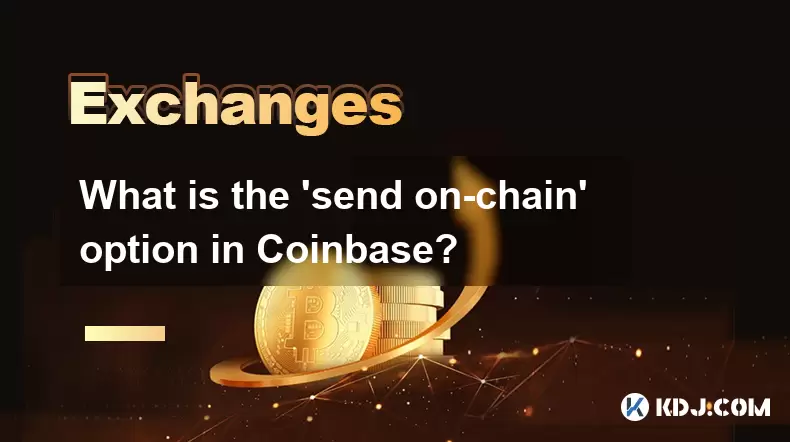
Understanding the 'Send On-Chain' Option in Coinbase
When using Coinbase, users are often presented with multiple options for sending cryptocurrency. One of these is the "send on-chain" option, which may seem confusing to new users unfamiliar with blockchain mechanics. This feature allows users to transfer digital assets directly on the underlying blockchain network rather than through an internal system.
The "send on-chain" option means that your transaction will be broadcasted and recorded on the public blockchain. Unlike internal transfers between Coinbase accounts, which do not touch the blockchain and are instant, this method involves paying a network fee and waiting for confirmations from the network.
How On-Chain Transactions Work
On-chain transactions occur when data (i.e., a cryptocurrency transfer) is permanently recorded onto the blockchain. When you choose the "send on-chain" option in Coinbase, your transaction is processed like any other blockchain transaction:
- The transaction is signed with your private key
- It is broadcasted to the network
- Miners or validators include it in a block
- Once confirmed, it becomes part of the immutable ledger
This process ensures transparency and decentralization but comes with certain trade-offs such as network fees and confirmation times. These variables depend heavily on the current congestion of the blockchain being used.
Why Choose the 'Send On-Chain' Option?
There are several reasons why a user might prefer to use the "send on-chain" option instead of opting for an internal transfer:
- You want to send funds to a wallet outside of Coinbase
- You're moving crypto to a decentralized exchange or dApp
- You need full control over transaction details like gas price or miner fees
- You wish to ensure the recipient receives the exact amount without intermediary handling
Selecting this option gives you greater flexibility and compatibility with external wallets and services. However, it also requires a basic understanding of how blockchain networks operate, including concepts like gas fees and transaction confirmations.
Differences Between On-Chain and Internal Transfers
It's crucial to understand the distinction between on-chain transactions and internal transfers within Coinbase:
- Internal transfers happen instantly and usually cost no fees
- They only work between Coinbase accounts
- No blockchain confirmations are required
- On-chain transfers can go to any compatible wallet or address
- They require network fees and take time depending on the blockchain
Choosing the right method depends on where you're sending the funds and how quickly you need them delivered. If you're transferring between two Coinbase accounts, internal transfers are more efficient. For external destinations, especially those requiring full blockchain verification, on-chain is necessary.
Step-by-Step Guide to Using 'Send On-Chain' in Coinbase
If you decide to proceed with an on-chain transaction, follow these steps carefully:
- Open the Coinbase app or website and log into your account
- Navigate to the wallet containing the cryptocurrency you wish to send
- Click on the “Send” button
- Enter the recipient’s wallet address accurately
- Look for the toggle or checkbox labeled “Send via blockchain” or similar wording
- Select this option to ensure the transaction goes on-chain
- Review the transaction details, including the network fee
- Confirm and send
Double-check the recipient’s address before confirming, as on-chain transactions cannot be reversed once executed. Sending crypto on-chain is irreversible, so accuracy is essential to avoid loss of funds.
Potential Fees and Delays in On-Chain Transfers
Using the "send on-chain" option may incur various costs and delays based on network conditions:
- Network congestion can increase transaction fees
- Block times affect how quickly a transaction gets confirmed
- Coinbase may offer options to adjust fees manually or automatically set them
- Some networks allow faster confirmations than others
Users should monitor the network status before initiating an on-chain transfer to optimize timing and cost. Tools like Etherscan Gas Tracker (for Ethereum) or Bitcoin Fee Calculators can help estimate appropriate fees.
Frequently Asked Questions
Q: Can I cancel an on-chain transaction after sending?
A: No. Once a transaction is sent on-chain and broadcasted to the network, it cannot be canceled or reversed. You must wait for confirmations or contact the recipient if the funds were sent to the wrong address.
Q: Why does Coinbase give me the option to not send on-chain?
A: Coinbase offers internal transfers for convenience and speed when sending between Coinbase users. These transactions are handled internally by Coinbase without touching the blockchain, reducing fees and processing time.
Q: Will using the 'send on-chain' option affect my Coinbase account security?
A: No. The option itself doesn't impact your account security. However, always ensure you're sending to verified addresses and avoid sharing recovery phrases or private keys.
Q: What happens if I send on-chain during high network congestion?
A: Your transaction might take longer to confirm, and you may pay higher fees. Coinbase typically provides estimated fees based on current network conditions, but delays can still occur depending on network traffic.
Disclaimer:info@kdj.com
The information provided is not trading advice. kdj.com does not assume any responsibility for any investments made based on the information provided in this article. Cryptocurrencies are highly volatile and it is highly recommended that you invest with caution after thorough research!
If you believe that the content used on this website infringes your copyright, please contact us immediately (info@kdj.com) and we will delete it promptly.
- Coinbase (COIN) Soars to All-Time High: What's Next?
- 2025-07-19 00:30:12
- DOGE, BlockDAG, and Vesting: What's Hot and What's Not in Crypto Right Now
- 2025-07-19 01:10:14
- Crypto Coins with 2025 Potential: BlockDAG and SUI Lead the Charge
- 2025-07-19 01:15:12
- Grass Cutting Hacks: Finding the Right Height for a Lush Lawn
- 2025-07-19 00:30:12
- RWA Token Revolution: Stage Point Europe Leads Crypto Real Estate Launch in Europe
- 2025-07-19 00:50:13
- Token Unlocks and AVAIL: July's Crypto Cliffhangers!
- 2025-07-19 00:50:13
Related knowledge
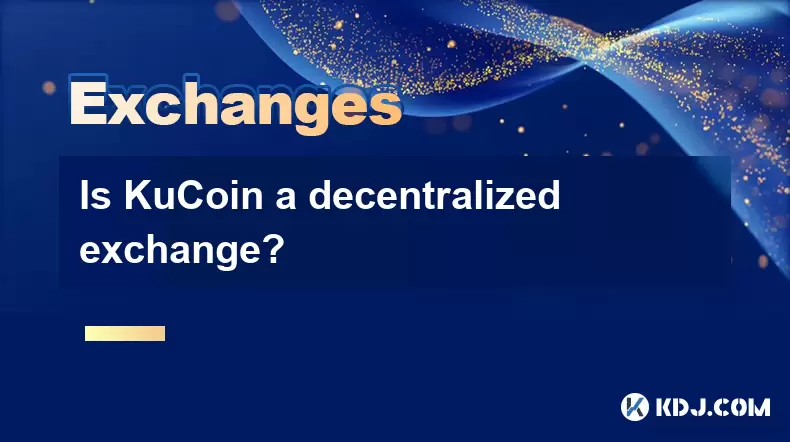
Is KuCoin a decentralized exchange?
Jul 18,2025 at 03:15pm
Understanding Decentralized Exchanges (DEXs)To determine whether KuCoin is a decentralized exchange, it's essential to first understand what defines a...
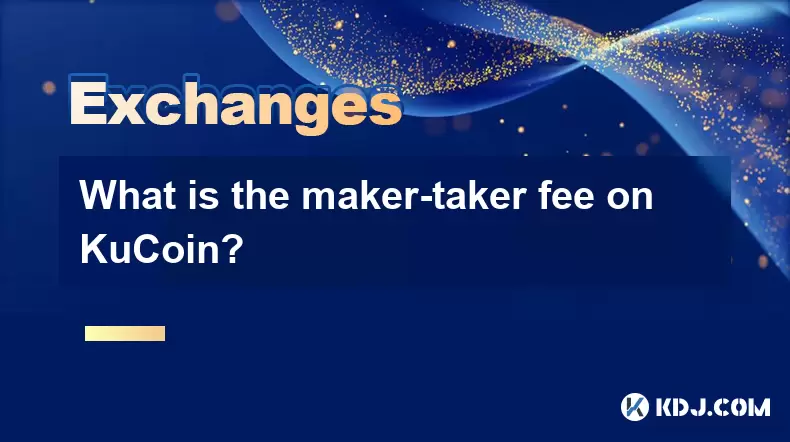
What is the maker-taker fee on KuCoin?
Jul 18,2025 at 12:42pm
Understanding the Maker-Taker Fee ModelThe maker-taker fee model is a pricing structure used by many cryptocurrency exchanges, including KuCoin, to de...
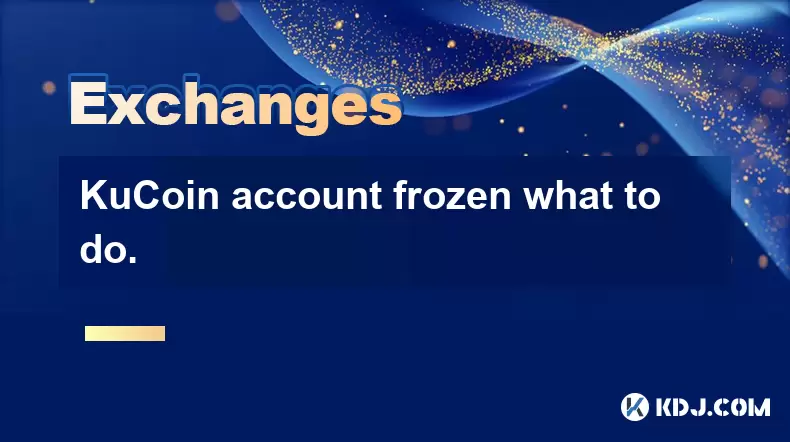
KuCoin account frozen what to do.
Jul 19,2025 at 12:08am
Understanding Why a KuCoin Account Gets FrozenIf your KuCoin account has been frozen, the first step is to understand why this has happened. KuCoin, l...

k mine's captal RAt boat but a toostorial isled.
Jul 18,2025 at 01:49pm
Understanding the KuCoin Spot Grid BotThe KuCoin Spot Grid Bot is a trading tool designed to help users profit from market volatility without the need...
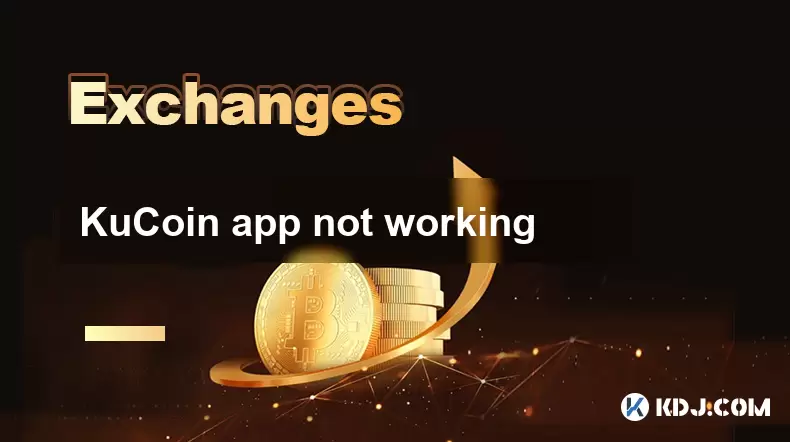
KuCoin app not working
Jul 18,2025 at 09:21pm
Understanding the Common Issues with the KuCoin AppUsers often report that the KuCoin app not working properly on their devices. This can manifest in ...
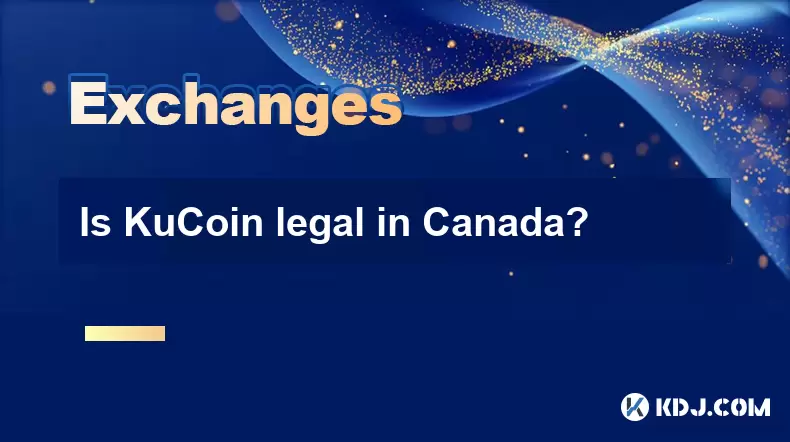
Is KuCoin legal in Canada?
Jul 18,2025 at 04:14pm
Understanding the Legal Status of KuCoin in CanadaKuCoin is a global cryptocurrency exchange platform that allows users to trade various digital asset...

Is KuCoin a decentralized exchange?
Jul 18,2025 at 03:15pm
Understanding Decentralized Exchanges (DEXs)To determine whether KuCoin is a decentralized exchange, it's essential to first understand what defines a...

What is the maker-taker fee on KuCoin?
Jul 18,2025 at 12:42pm
Understanding the Maker-Taker Fee ModelThe maker-taker fee model is a pricing structure used by many cryptocurrency exchanges, including KuCoin, to de...

KuCoin account frozen what to do.
Jul 19,2025 at 12:08am
Understanding Why a KuCoin Account Gets FrozenIf your KuCoin account has been frozen, the first step is to understand why this has happened. KuCoin, l...

k mine's captal RAt boat but a toostorial isled.
Jul 18,2025 at 01:49pm
Understanding the KuCoin Spot Grid BotThe KuCoin Spot Grid Bot is a trading tool designed to help users profit from market volatility without the need...

KuCoin app not working
Jul 18,2025 at 09:21pm
Understanding the Common Issues with the KuCoin AppUsers often report that the KuCoin app not working properly on their devices. This can manifest in ...

Is KuCoin legal in Canada?
Jul 18,2025 at 04:14pm
Understanding the Legal Status of KuCoin in CanadaKuCoin is a global cryptocurrency exchange platform that allows users to trade various digital asset...
See all articles

























































































